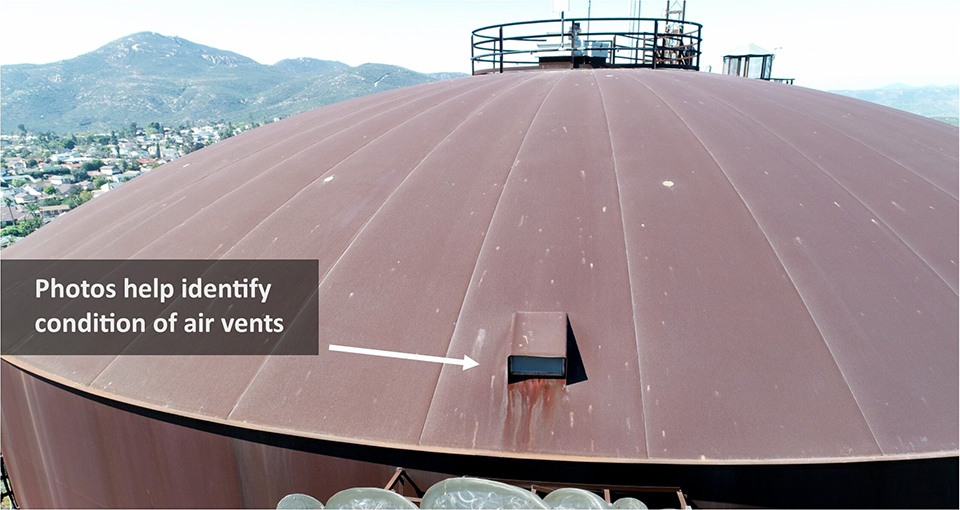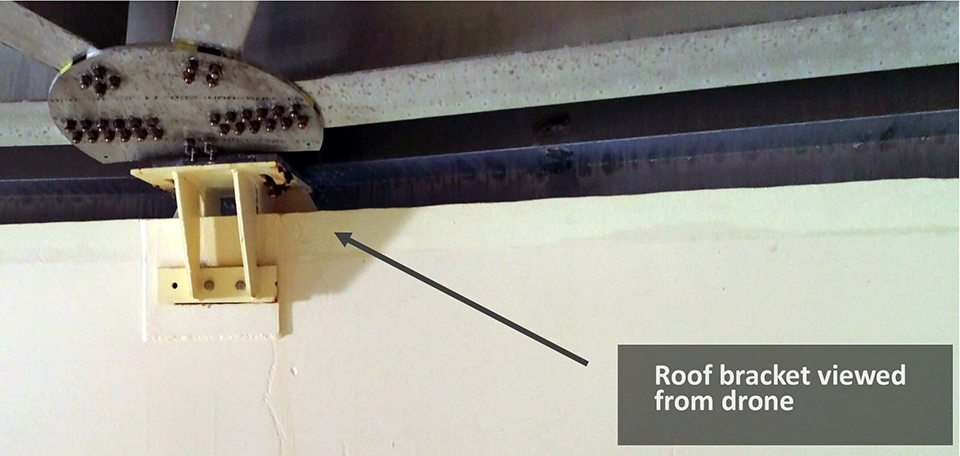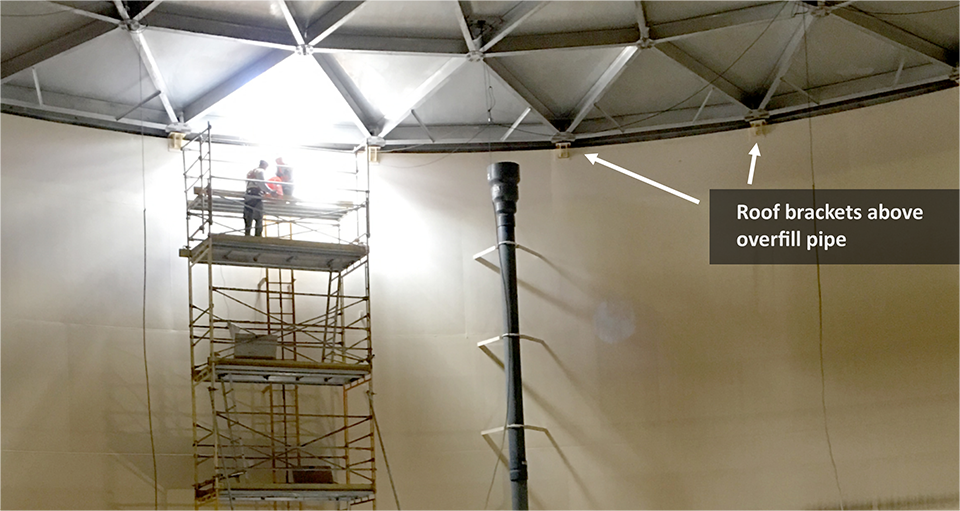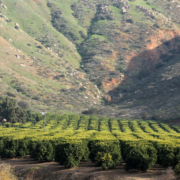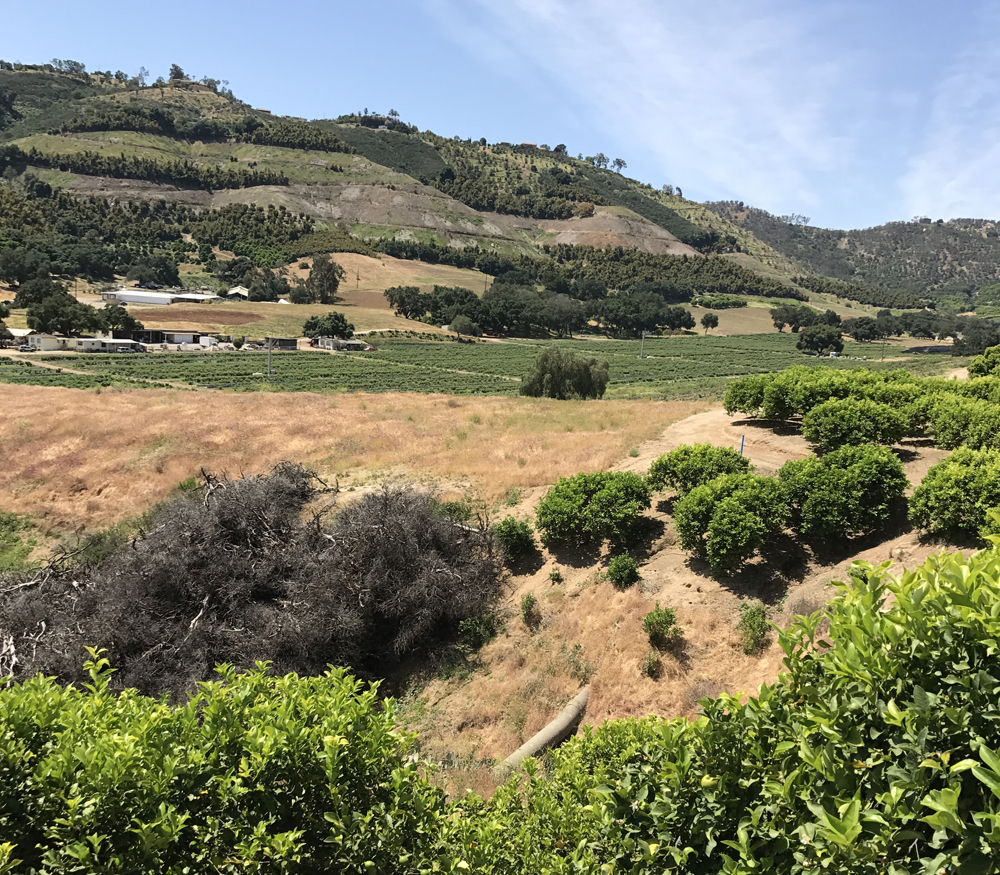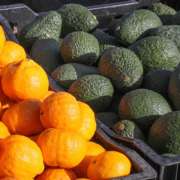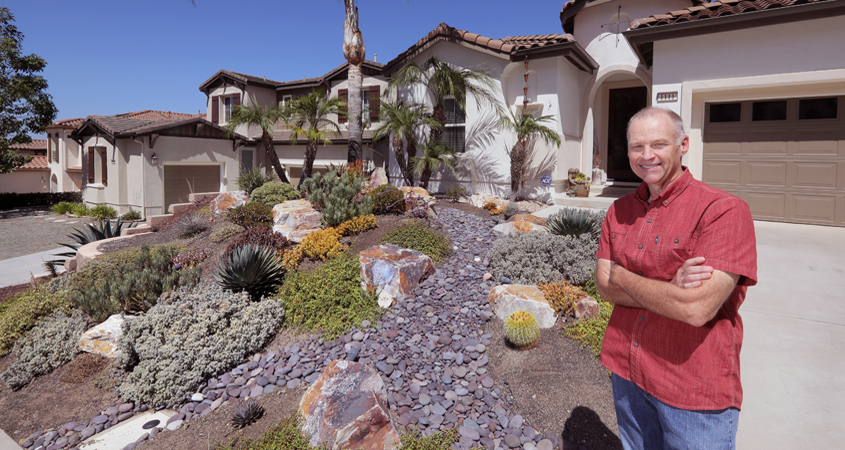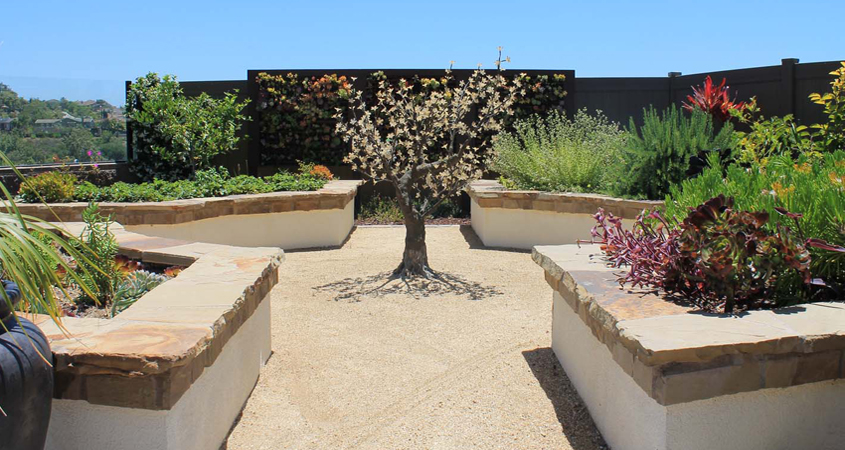Most visitors know San Diego’s Balboa Park for its world-class museums, gardens, and performing arts venues. Behind the scenes is a learning laboratory of environmental best practices. Aaron L. Boyles, sustainability manager for the Balboa Park Cultural Partnership, describes an active, collaborative effort moving quickly to make Balboa Park the most sustainable urban park in the country. Conserving water is a critical component of this effort.
Sustainability benefits San Diego’s economy
How is Balboa Park managing to embrace sustainability without affecting its status as a major tourist attraction and economic driver for the San Diego region’s tourism sector? Boyles says improvements in sustainability actually enhance the park’s operations.
“The business model is pretty clear,” said Boyles. “When you reduce your need for resources, whether that is water, energy, or consumable products, you reduce your expenditures. When talking about buildings that accommodate millions of visitors per year, those savings are significant. That money can be reinvested into better things like infrastructure and the quality of the visitor experience.
“Last year alone, through the installation of more efficient plumbing fixtures, we were able to save 2.4 million gallons of water. That is equivalent to 3.6 Olympic-sized swimming pools, which really adds up in the long run,” explained Boyles.
An unexpected benefit from embracing sustainability is improved collaboration and communication among the many organizations in Balboa Park. “There was a time when neighboring organizations in the park saw each other as competitors. Now we see each other the way our visitors always have. We are One Park – One Team,” said Boyles. “Pooling our knowledge and efforts multiplies our power to get what we want, and we all want the same thing.”
Among its many initiatives, the Balboa Park Cultural Partnership is partnering with the San Diego County Water Authority this summer to promote the importance of safe and reliable water supplies for the region through the Water Authority’s Brought to You by Water outreach and education program
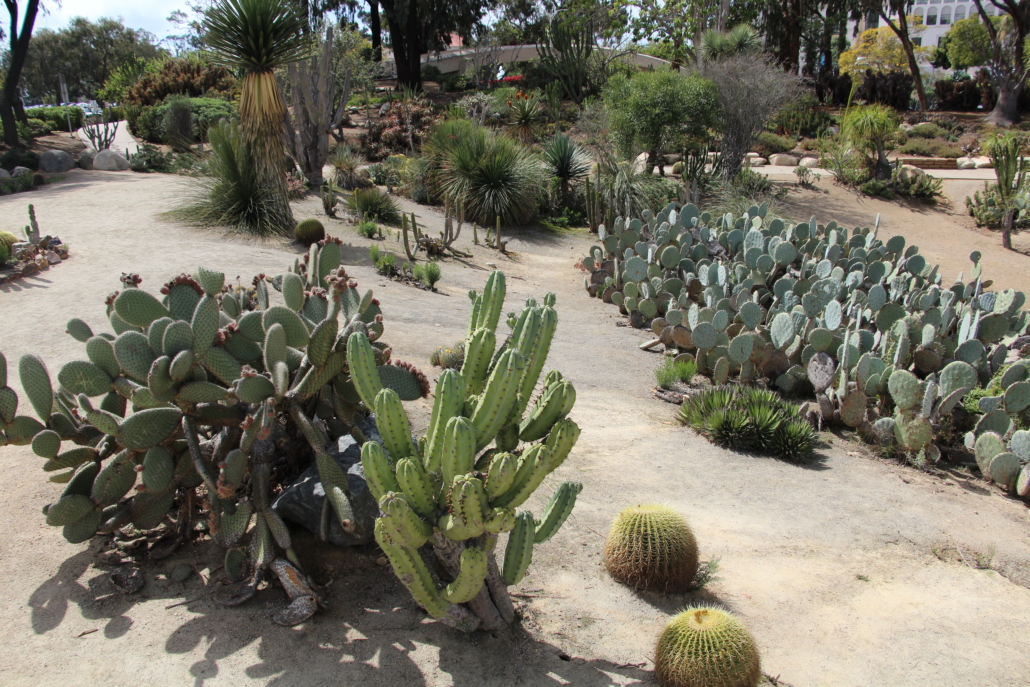
Balboa Park’s cactus gardens are beautiful and diverse, and represent best practices in landscaping with plants that are native to this area. They need very little water to look great, and can provide ideas for low-maintenance, drought- resistant landscapes at homes and businesses in San Diego County. Photo: Balboa Park Cultural Partnership
Environmental awareness part of the park’s experience
“People come to Balboa Park to have fun and to learn from our cultural organizations. We are committed to making the park a showcase for resource efficiency just as it is for history, culture, and the arts. We aim to inspire millions of park visitors from across the region and around the world to embrace the human experience, and the connection to our environment has always been a formative part of that experience.”
Sustainability is now a unifying force in Balboa Park. “Each of our organizations offers something unique, but it turns out they all share the same challenges in their operations,” said Boyles. “With different organizations constantly trying new things, there are endless opportunities to share successes and lessons learned. The potential for partnerships is huge. We are a microcosm for the larger trend taking hold, which has players like the City of San Diego, SDG&E, and the San Diego County Water Authority making the commitment.”
“We import most of the water we use in San Diego, and Balboa Park wants to lead the way in conservation of this precious resource,” said Boyles. Low flow or waterless bathroom fixtures, efficient irrigation, and offering reusable water bottles are just some of the ways Balboa Park is setting high standards.
Water-use efficiency boosts green buildings
Balboa Park’s Sustainability Program continues to advance solutions that will help protect park resources and strengthen economic viability, while enhancing visitor experience and enjoyment.
Established in 2008, the award-winning Sustainability Program is a collaborative effort between the Balboa Park Cultural Partnership, the City of San Diego and San Diego Gas & Electric® (SDG&E). This collaboration is supported by an alliance of the Partnership’s members, Balboa Park stakeholders and sustainability experts.
The park is now home to 10 buildings certified by Leadership in Energy and Environmental Design, known widely as LEED®. LEED certified buildings promote environmental benefits by reducing energy and water use, as well as greenhouse gas emissions through efficient and sustainable practices.
The most frequently implemented energy-efficiency tactics include heating, ventilation, and air conditioning upgrades; lighting retrofits; control upgrades; and computer server consolidation. Many organizations at Balboa Park installed water-efficiency measures such as low-flow and faucet aerators.
The park’s LEED® certified buildings are:
- The Old Globe
- San Diego Natural History Museum
- Fleet Science Center
- WorldBeat Cultural Center
- Casa de Balboa (San Diego History Center, Model Railroad Museum, Museum of Photographic Arts)
- Casa del Prado (San Diego Civic Youth Ballet, San Diego Junior Theatre, San Diego Youth Symphony)
- House of Charm (Mingei International Museum and San Diego Art Institute)
- Federal Building
- Japanese Friendship Garden
- San Diego Museum of Man

 Planting native California plants that will attract birds, butterflies, and bees for pollination is a great way to make a beautiful and sustainable garden. Photo: Iva Castro/Pixabay
Planting native California plants that will attract birds, butterflies, and bees for pollination is a great way to make a beautiful and sustainable garden. Photo: Iva Castro/Pixabay
